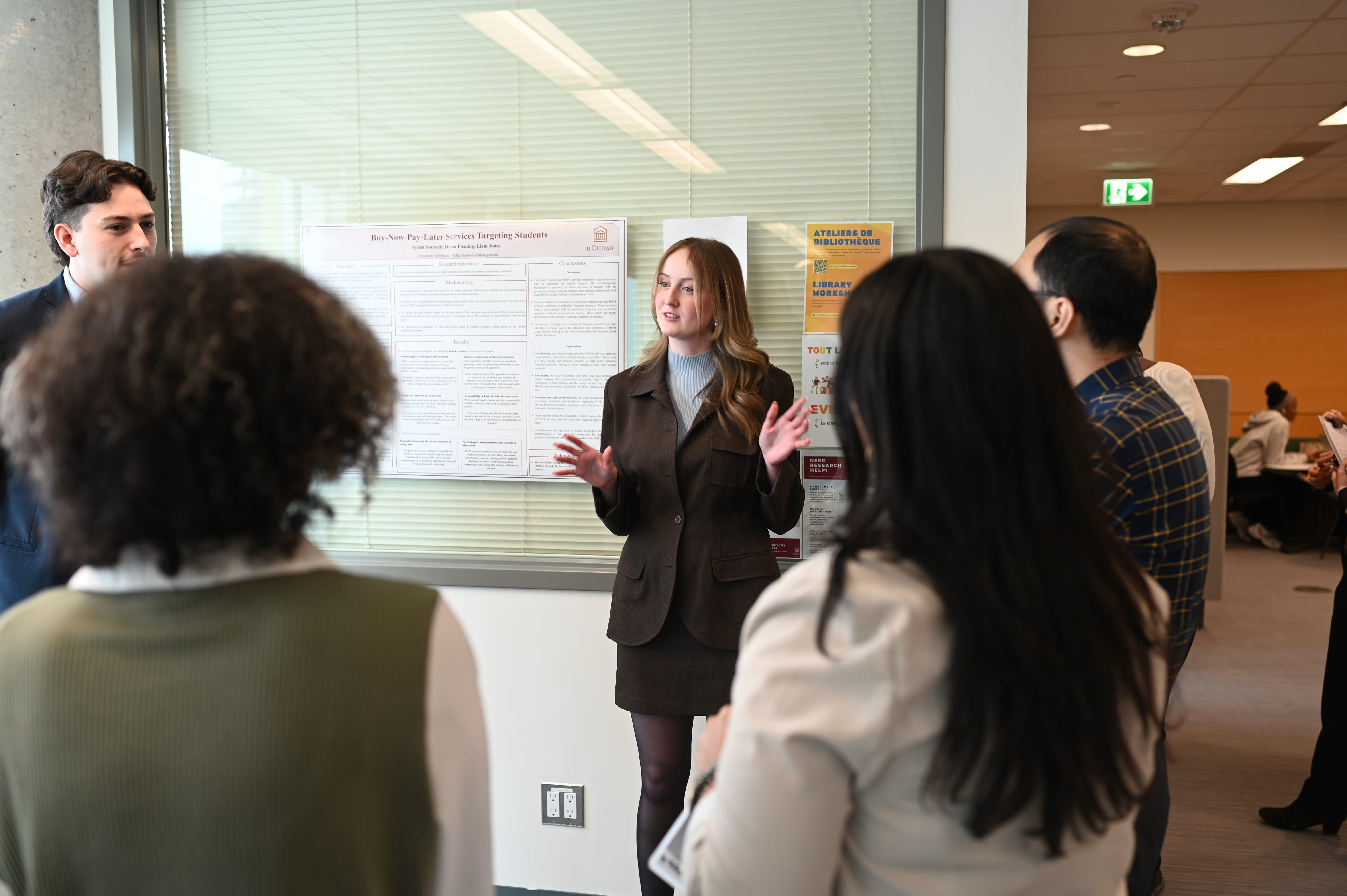Written by Daina Mazutis, a tenured Associate Professor of Strategy at the Telfer School of Management, University of Ottawa; Natalie Slawinski, Professor of Sustainability and Director of the Centre for Social and Sustainable Innovation at the Gustavson School of Business, University of Victoria; Guido Palazzo, Professor of Strategy, Globalization and Society. This article was first published in Business and Society on April 21, 2022.
In 2015, the United Nations launched its ambitious Sustainable Development Goals (SDGs) that defined 17 areas of focus backed by specific targets to drastically improve our world by 2030. The SDGs came out of a rigorous multi-year, cross-sector collaborative effort and was supported by prominent business leaders, including the then CEO of Unilever, Paul Polman.
Despite a promising start, by 2020 the UN was forced to concede that the SDGs were not yet advancing at the speed or scale required to deliver on the Goals by 2030. Yet, speed and scale are what companies excel at and many companies had signed up to help meet the ambitious SDGs. Why are companies then not making better progress on the UN SDGs?
Our study argues that while speed and scale are needed to tackle sustainability, it is these very elements that have fueled sustainability problems. In particular, globalization has led to a growth of multinational companies that focus on speed and efficiency to scale up their activities to achieve higher levels of productivity and competitiveness. In the process, these global companies become “placeless” – i.e., as they rely on globally-stretched production networks, they become simultaneously disconnected from the communities and places from which they obtain their resources. This phenomenon has been labeled “caravan capitalism”. Companies can simply leave and move their operations elsewhere. Instead of seeing the long-term impacts of their activities on the places they affect, their drive for short-term profits and global efficiencies blind them to their negative impacts. In other words, companies’ focus on speed and scale makes them behave less sustainably.
Photo: lapping
Let’s take the brewing industry as an example. The relentless pursuit of standardization and efficiency has led to mass consolidation and the conglomeration of ‘mega-breweries’. As these multi-national breweries produce at ever higher speeds, they often disregard their impact on places, chasing the lowest cost from country to country. Ultimately, their view of sustainability issues becomes narrow and simplistic. For instance, they may see water conservation as providing them with a business case for sustainability, but they may fail to see how they are drawing from the water table in a particular area and how climate change impacts equitable water availability.
In contrast, small-scale craft brewers take a slower, longer-term view of time and are often more connected to place. To brew high-quality, artisanal and innovative beers, they apply time-consuming traditional brewing methods using local, smaller scale operations. Not only do they tend to use locally-sourced grain, but they also serve niche, community-based markets. Because of this embeddedness in place, they can develop complex relationships between various sustainability issues. For example, they see water use, land use, waste management, employment etc. as related to the long-term viability of their communities. In other words, their long-term perspective and embeddedness allow them to connect social, environmental and economic goals; they are more likely to understand the complex socio-ecological interdependencies connected to a specific place over the long run.
With the acceleration of the ecological crisis, some companies are developing a new understanding of time and place in their efforts to tackle sustainability-related challenges. As businesses grapple with how to achieve the UN SDGs, they must start to operate with much longer time horizons for their respective projects and a greater sensitivity for the needs of the places in which their operations are embedded. The ambitious moonshot projects of companies such as Starbucks, which announced that they want to become water positive, or Microsoft, which plans to become carbon negative, are strong signals of such a renewed understanding of sustainability. If companies are to take a leadership position in addressing the grand sustainability challenges of our era, they will need to take a longer-term view and consider their impacts on places, including communities and the planet. We therefore call on researchers to consider the important roles of time and place as key drivers of companies’ approaches to sustainability.
Reference:
Mazutis, D., Slawinski, N., & Palazzo, G. 2021. A Time and Place for Sustainability: A Spatiotemporal Perspective on Organizational Sustainability Frame Development. Business & Society, 60(7): 1849–1890.











